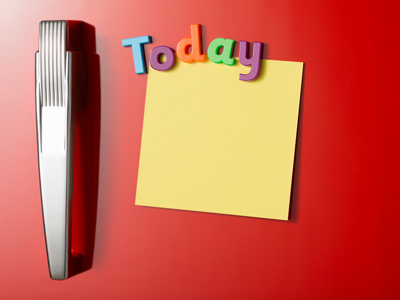
Ask the AI Tutor
Need help with Presentational Devices? Ask our AI Tutor!
AI Tutor - Lucy
Connecting with Tutor...
Please wait while we establish connection

The associations a reader might have with any particular colour are what guides a writer when choosing to colour text.
Presentational Devices
Presentational devices guide readers. Learn how headings, images, charts, and layout highlight key points, persuade audiences, and make information clear in GCSE English.
1 .
Which of the following statements is NOT true?
Good layout presents information in a way that's easy to follow
Good layout guides the reader to the most important aspects of the text
Good layout is tailored to the audience
Good layout is impartial and has little effect on the reader's understanding of a text
Have you ever read a newspaper article with the phrase 'Continued on page 10' halfway through the most interesting paragraph, but then when you turned to page 10, the rest of the article wasn't there, or was there but wasn't obvious? That's an example of poor layout
2 .
What guides a writer's choice when using colour in a text?
The associations a reader might have with any particular colour
Whether a particular colour suits the writer's wardrobe
The writer will always choose the cheapest colour
The writer only wants the text to look attractive
A publisher may sometimes wish for cheaper printing costs, but a writer's only consideration is 'what effect will this colour have on my reader?' (i.e. what does the reader associate with this colour?)
3 .
When are charts and diagrams useful?
Charts and diagrams are useful for illustrating the meaning of any data or statistics used in the text
Charts and diagrams are only useful for breaking up the text so the reader won't be bored
Charts and diagrams are only useful for confusing the reader
Charts and diagrams are never useful
Charts and diagrams may seem dependable, but watch out! Even these truthful-looking mathematical tools can be used in a biased manner by an unscrupulous writer
4 .
A biased caption would...
only give factual information about the photo or illustration
allow the reader to decide what the photo or illustration means
tell the reader how to interpret the illustration or photo
explain a topic which is completely separate from the photo or illustration
5 .
'Layout' means...
the way a broadsheet newspaper looks when it is open and 'laid out'
the method used to index the text
the way a text is organised on the page
how easily a text can be assembled
Specifically, layout describes how writing and any presentational devices are organised on the page
6 .
Which of the following is NOT a purpose of bulleted lists?
To provide information clearly, without unnecessary words
To save precious time when writing
To draw the reader's eye to the information
To make information easy to retrieve
Saving time might seem like a good answer, but remember: writers choose presentational devices that will have the most effect for their audience and will suit their purpose in writing. If a writer wanted to save time, how much easier would it be not to write at all?
7 .
At its most basic level, a title tells the audience what the subject of a text is. A title might also...
express bias, trying to influence the reader's response to the text
indicate the tone of the text
give a clue to the writer's attitude to the subject
All of the above
Titles can often be analysed as closely as you would analyse a line of poetry - look for emotive language, allusions, or any connotations which words or phrases have
8 .
'Mobile phone company insists woman must pay bill after thieves run up £15,000 charges in TWO HOURS' - what is the purpose of the use of capitals in this headline?
To be as clear with the facts as possible
To express a sense of incredulity
To encourage the reader to skip the headline and go straight to the report
The use of capitals has no purpose
The reader is meant to think, 'That's crazy/terrible/shocking/unbelievable!'
9 .
Which of the following is NOT a presentational device?
Illustrations
Titles
Purpose
Use of colour
Audience and purpose will guide the choice of presentational devices
10 .
Which of the following means 'a set of type; the appearance of letters and characters'?
Bulleted list
Caption
Italics
Font
A writer will carefully choose the best font for a particular audience. Writers often use italics or bold in order to draw attention to particular words or to distinguish between different text features (i.e. headlines would not be as noticeable if they were not in a larger, bold font)
**Unlimited Quizzes Await You! 🚀**
Hey there, quiz champ! 🌟 You've already tackled today's free questions.
Ready for more?
Ready for more?
🔓 Unlock UNLIMITED Quizzes and challenge yourself every day. But that's
not all...
not all...
🔥 As a Subscriber you can join our thrilling "Daily Streak" against other
quizzers. Try to win a coveted spot on our Hall of Fame Page.
quizzers. Try to win a coveted spot on our Hall of Fame Page.
Don't miss out! Join us now and keep the fun rolling. 🎉
**Unlimited Quizzes Await You! 🚀**
Hey there, quiz champ! 🌟 You've already tackled today's free questions. Ready for more?
🔓 Unlock UNLIMITED Quizzes and challenge yourself every day. But that's not all...
🔥 As a Subscriber you can join our thrilling "Daily Streak" against other quizzers. Try to win a coveted spot on our Hall of Fame Page.
Don't miss out! Join us now and keep the fun rolling. 🎉






